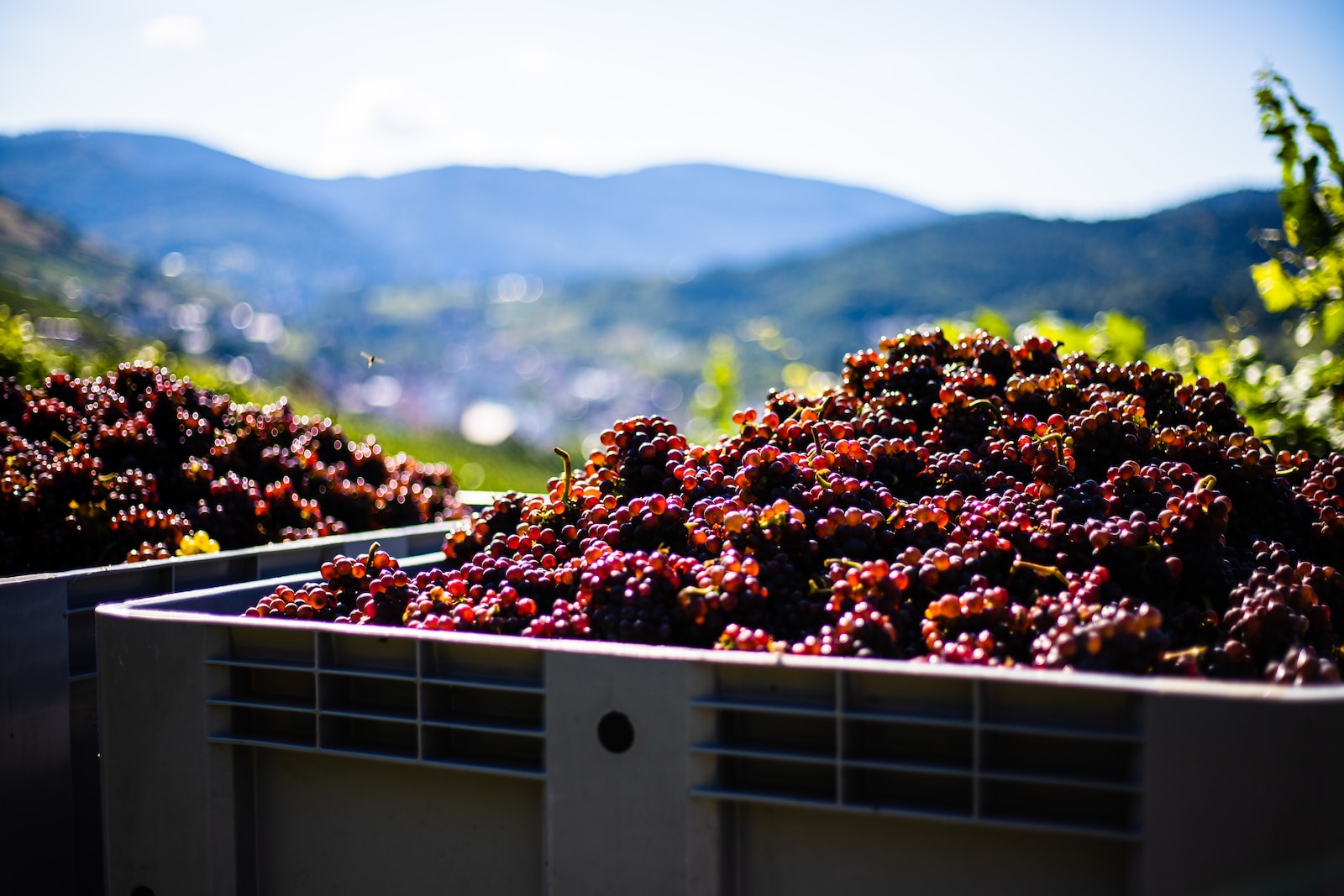Introduction
Like a symphony of flavours dancing on the palate, wine is a mesmerizing melody that can create memorable experiences and enrich any occasion. From its history steeped in tradition to its contemporary appeal, the allure of wine crosses boundaries and transcends time.
The quest to find the best wine is not simply about indulging in a luxurious treat; it is a journey of discovery and appreciation. This journey, while intriguing, can also be overwhelming given the multitude of wines available in the market.
With this article, we aim to help you navigate this maze and ease your path to finding the exquisite wine that suits your taste and occasion.
The world of wine is rich and diverse, offering a spectrum of tastes and aromas that can delight the senses. Wine, by definition, is an alcoholic beverage made from fermented grapes or other fruits.
The two primary types of wine, red and white, are distinct in their flavors, textures, and processes of production. However, beyond these two primary categories lie a range of other types like rosé, sparkling, dessert, and fortified wines.
Each type of wine carries its own unique characteristics and appeals to different palates, making the pursuit of the best wine an enticing endeavor.
The journey to finding the best wine is as much about the process as it is about the result. It involves sampling different types of wines, understanding their nuances, and ultimately, finding the one that resonates with your personal preferences.
This journey is driven by a multitude of reasons. For some, it may be all about enhancing the dining experience, pairing the wine with the food to create an orchestration of flavors.
For others, it could be about exploring the world of wines, discovering new tastes and experiences. And for many, it is simply about the joy of savoring a well-crafted bottle of wine.
Understanding wine is an integral part of this journey. It’s about appreciating its complexity, recognizing the factors that influence its taste and quality, and knowing the different types available. It involves developing an understanding of the various elements like the wine’s origin, its grape variety, the winemaking process, and the year of its production, all of which contribute to its unique profile.
Finally, the quest for the best wine is a personal journey, driven by individual taste and preference. It’s a voyage that can take you to wine cellars and specialty stores, to wine tastings and vineyard tours. It calls for patience, curiosity, and a willingness to explore.
It’s an adventure that promises not just a delightful sensory experience, but also a deeper appreciation for the craftsmanship that goes into creating every bottle of wine. It’s your ticket to a world of flavors, aromas, and experiences, as you toast to excellence with every sip.
Understanding Wine
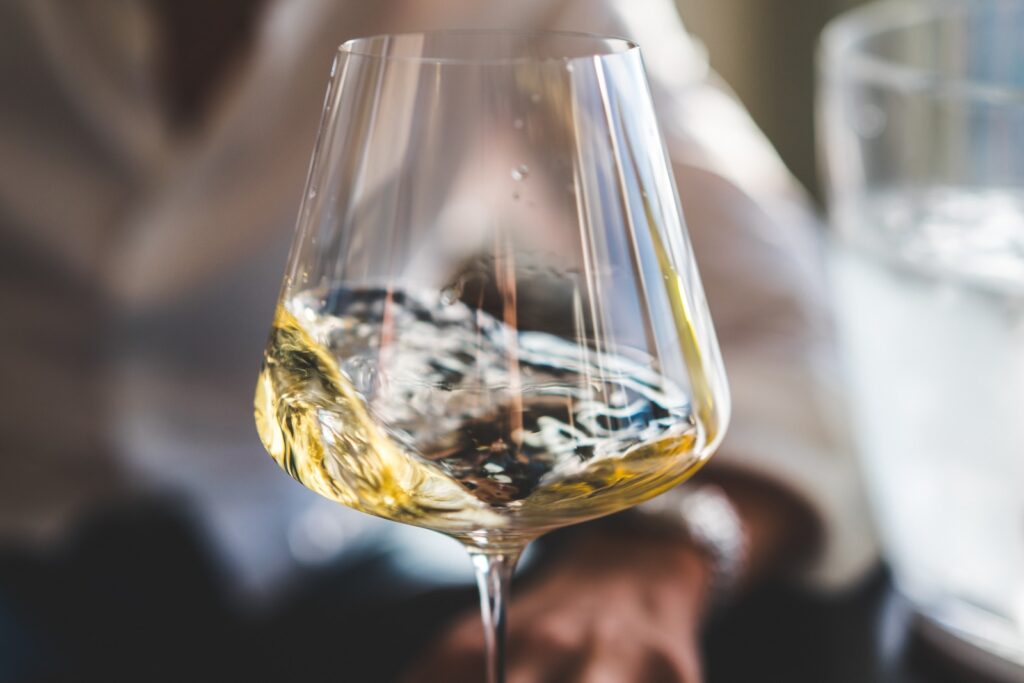
For the uninitiated, understanding wine might seem like deciphering an esoteric language. However, the process is much simpler and intriguing than it appears. Wine appreciation begins with a basic understanding of what wine is.
Essentially, wine is an alcoholic beverage made from fermented grapes or other fruits. The two primary types of wine are red and white, but there is a myriad of other variants such as rosé, sparkling, dessert, and fortified wines.
Each type possesses a unique flavor profile, body, aroma, and complexity, determined by factors such as the grape variety, the geography and climate of the grape-growing region, and the winemaking process.
When it comes to selecting the perfect wine, several factors come into play. The first is the occasion or the food with which the wine will be paired. Some wines complement certain types of food better than others.
For instance, white wines typically pair well with lighter foods such as fish or chicken, while red wines tend to pair better with heavier, robust meals like steak or lamb. Another important factor is personal preference. Some people enjoy a dry, full-bodied red, while others prefer a sweet and light white.
Exploring the world of wine can be a delightful journey. With thousands of varieties available, there’s always a new flavor to discover. Varietals refer to the type of grape from which the wine is produced and include well-known types like Chardonnay, Cabernet Sauvignon, Merlot, and Pinot Noir, among others.
Each varietal carries its unique taste, aroma, and character, contributing to the wine’s overall profile.
The search for the best wine is not a one-size-fits-all quest. It’s a highly personalized journey, with individual preferences playing the most significant role.
It’s crucial to sample different types of wine to understand and appreciate the diverse flavors and textures. This exploration is not limited to trying wines from different grape varietals, but also wines from various regions and winemakers.
Research forms an integral part of understanding wine. It involves learning about different grape types, winemaking regions, and the winemaking process itself.
Wine labels can be a wealth of information, providing details about the wine’s origin, the type of grape used, the alcohol content, and sometimes even the flavors you can expect.
In conclusion, understanding wine requires a blend of knowledge, experience, and personal preference. It’s about appreciating the symphony of flavors that a bottle of wine brings to the table, the romance of its origin, and the skill that went into its creation.
As you delve deeper into this fascinating world, you’ll realize that the best wine is not merely the one that wins the most awards, but the one that sings to you and complements your palate the best.
The Search for the Best Wine
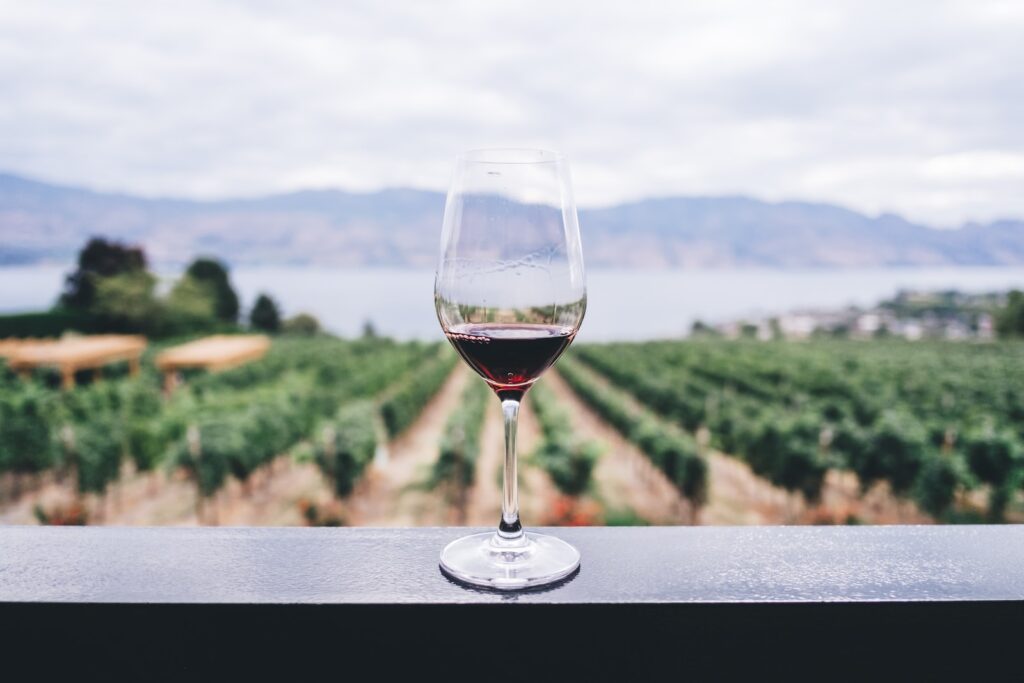
Embarking on a quest to discover the best wine can seem a daunting task, given the vast world of wine varieties, wineries, and regions. The first step to finding the best wine is to familiarize yourself with your own wine preferences.
One might prefer a bold, full-bodied red wine over a crisp, light white wine, or vice versa. Understanding your personal preference will significantly narrow down your search and help you differentiate between the good and the best.
To further aid your search for the best wine, one should not overlook the importance of wine regions. From the vineyards of Bordeaux in France to the sunny valleys of California, each wine region has unique characteristics that imbue the wines with distinct flavors and aromas.
It’s worthwhile to educate yourself about these regions, the types of grapes they are famous for, and the wine production methods they employ.
A significant aspect of the quest for the best wine is immersing oneself in wine tasting experiences. This does not necessarily mean you must travel to far-flung vineyards, although that would undeniably be an enriching journey.
Many cities offer wine tasting sessions where one can taste a variety of wines and learn about their different characteristics. These sessions can be a valuable source of knowledge, and, most importantly, they provide an opportunity to taste a variety of wines one might not have explored otherwise.
In this digital age, knowledge is at our fingertips, and researching different wines has never been more straightforward. Numerous online resources provide detailed information about various wines, reviews, and ratings.
Websites and apps dedicated to wine enthusiasts offer a platform to share experiences, advice, and recommendations. It’s a good practice to read these reviews and ratings but remember that everyone’s palate is different. What might be the best wine for someone else might not suit your taste.
The journey to finding the best wine is a personal one, driven by your unique tastes and preferences. The ‘best’ wine, in essence, is subjective. It’s not necessarily the most expensive, the highest rated, or the most popular.
It’s the wine that you enjoy the most, the one that brings you pleasure and satisfaction with every sip. Therefore, be open to trying different wines, experiment with various types, and remember, the journey to finding the best wine should be savored just as much as the wine itself.
Wine Tasting
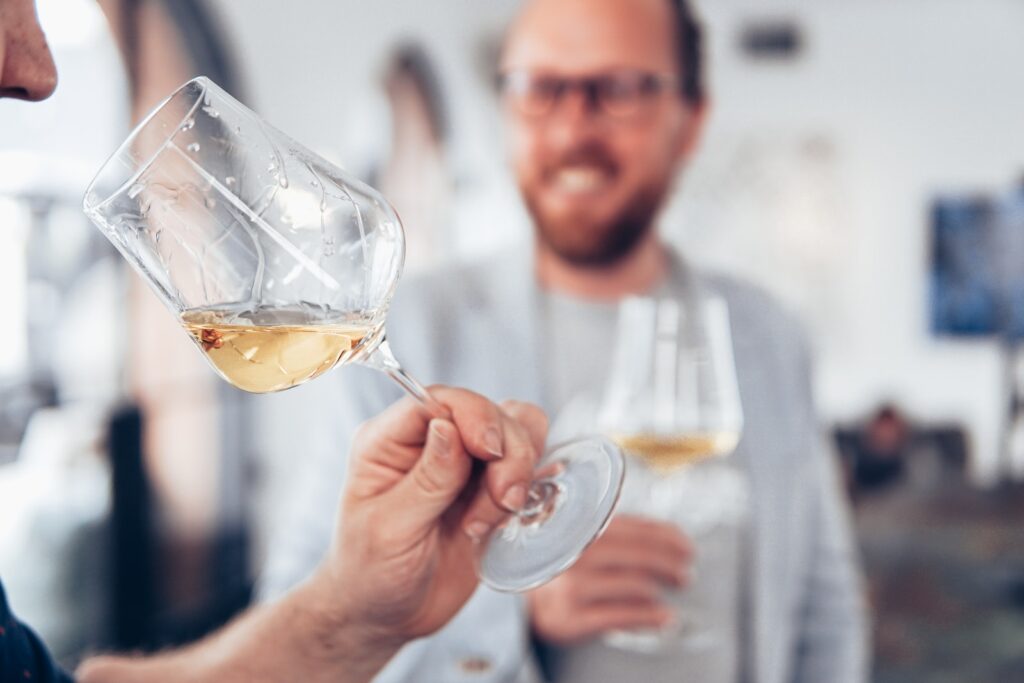
Wine tasting is an art, a science, and a journey. It’s much more than simply sipping a glass of red or white. It’s about the experience, understanding, and appreciation of every little nuance that differentiates one wine from another.
The basics of wine tasting involve three primary senses: sight, smell, and taste. You begin by observing the color and consistency of the wine, followed by swirling it in the glass to release its unique aroma. Then comes the moment of truth: the tasting. It’s at this point that your taste buds identify the flavor, texture, and complexity of the wine.
There are various methods used in wine tasting, each offering a unique perspective on assessing a wine’s quality. Vertical and horizontal tastings are two popular methods. In a vertical tasting, different vintages of the same wine type from the same winery are tasted.
This highlights differences between various vintages. In a horizontal tasting, the wines are all from the same vintage but are from different wineries. This type of tasting allows tasters to see variation in winemaking style and vineyard site.
In blind tastings, the identity of the wine is unknown to the taster. This is an effective method to eliminate bias and to purely focus on the taste, aroma, and appearance of the wine.
Of course, wine tastings also occur at wine fairs, wineries, and even in the comfort of your own home. No matter the setting, the objective remains the same: to appreciate and understand the wine.
The techniques employed when tasting wine can greatly impact the experience. For instance, a good swirl of the glass enables the wine to aerate, releasing its bouquet. When tasting, it’s not just about a quick sip.
Wine connoisseurs recommend letting it linger in your mouth, allowing all your taste buds to encounter and interpret the wine’s character. Inhaling air through the wine while it’s in your mouth, a technique known as ‘slurping’, helps to aerate it further, releasing more flavors and aromas.
Assessing the aftertaste or ‘finish’ of the wine is also crucial. The finish is the taste that remains after swallowing, and it can give you a lot of information about the wine’s quality.
The longer the finish, the higher the quality of the wine. Also, the balance between sweetness, acidity, tannins, and alcohol can say a lot about a wine’s quality and aging potential.
Remember, wine tasting is a personal experience. It’s about discovering what appeals to your palate. While you can take advice from experts and try wines that others recommend, in the end, the best wine for you is the one that you enjoy drinking the most.
So, raise your glass, take a moment to appreciate the wine within, and embark on the delightful journey of wine tasting.
Selecting the Best Wine
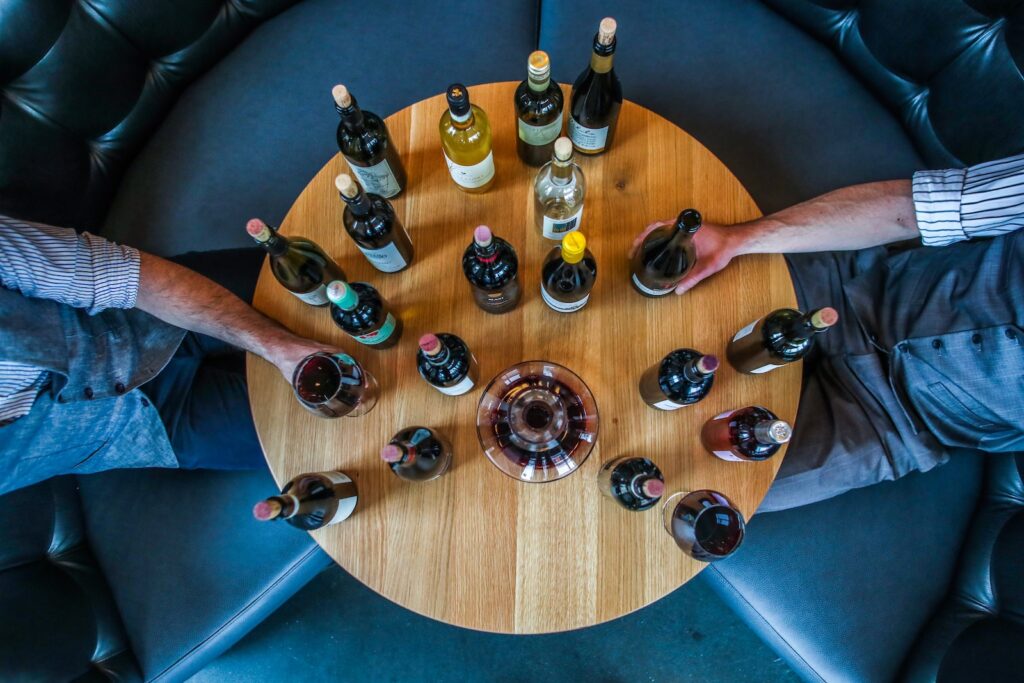
Selecting the perfect wine is an art form that takes time and practice to master. It is an exploration of one’s preferences, the occasion, and the food with which it will be paired. Wading through a sea of different wines can be intimidating, but understanding what to look for can make the process much easier.
The first step in assessing different wines is understanding the label. The label provides a wealth of information like the type of grape used, the region from where the grapes were harvested, and the year of production.
The type of grape gives an idea of the flavor profile of the wine, while the region can provide information about the climate and soil conditions, which greatly affect the taste of the wine. The year tells us the age of the wine, and while it is not always the case, generally, the older the wine, the better it tastes.
Evaluating the quality of the wine is a multi-step process. Look at the color of the wine; it should be clear and not cloudy. Swirl the wine gently in the glass, this allows air into the wine, which can help in releasing its aromas.
Take a good sniff; the wine should have a pleasant aroma, and it should reflect the essence of the grapes used. Taking a sip, the wine should taste balanced, meaning no single component (sweetness, acidity, alcohol, or tannins) should overpower the others. Also, after swallowing, the wine should leave a pleasant aftertaste.
Determining the best wine is subjective, as it largely depends on personal preferences. What one person might find appealing, another might not. It is important to understand your taste preferences – do you prefer a lighter, more delicate white wine or a full-bodied, robust red?
Are you fond of fruity flavors or do you lean more towards a drier taste? It is through tasting a variety of wines, noting your preferences, and understanding how different factors like grape variety and ageing affect the taste, that you can zero in on what you like best.
It is beneficial to take notes, particularly when you’re tasting multiple wines. Jot down your impressions of the look, smell, taste and aftertaste of the wine. Also, take note of the wine’s name, grape variety, region, and vintage. This will help you remember which wines you liked and why.
Ultimately, selecting the best wine comes down to what you enjoy the most. While expert ratings and reviews can guide you, they should not dictate your choice. Remember that wine is meant to be enjoyed, so pick the one that you find the most pleasing. After all, the best wine is the one that you personally enjoy the most.
Celebrating Excellence
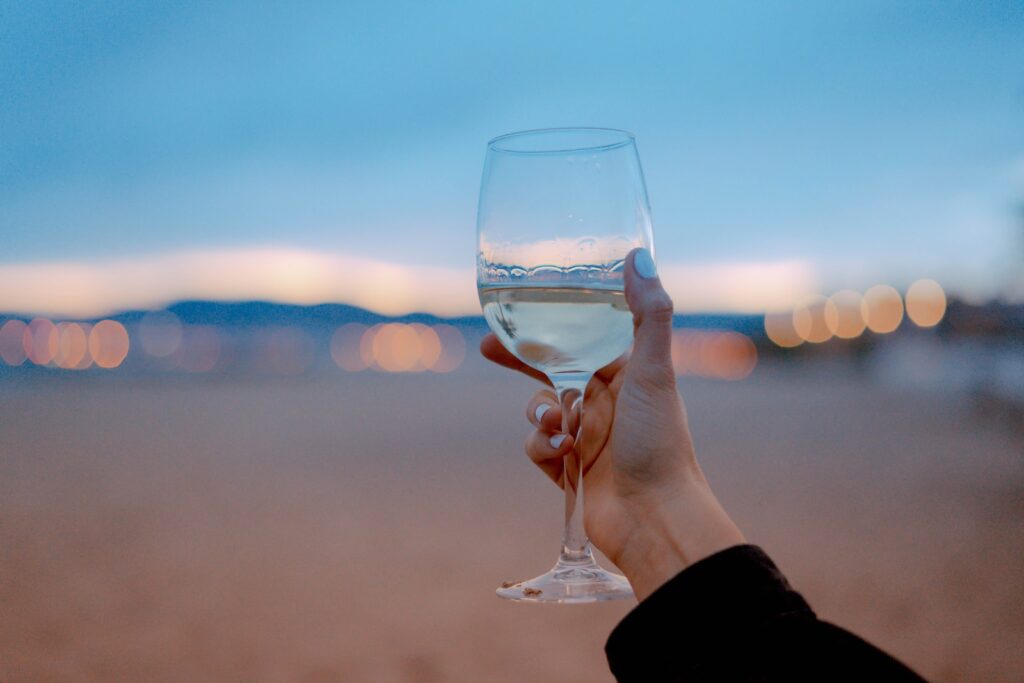
Finding the best wine is not just about the search and selection, but also about the celebration that comes once you’ve identified the perfect bottle. The joy of unearthing a bottle that speaks to your palate, suits your occasion, and complements your meal is truly immeasurable.
This is the moment of celebration, a toast to excellence. However, the celebration of excellence extends beyond the initial discovery. It’s about appreciating and handling your chosen bottle with the respect it deserves.
One of the most important aspects of celebrating the best wine is understanding how to properly store it. Wine, unlike other beverages, continues to evolve and change over time. This is a process that can either enhance or deteriorate its quality depending on the storage conditions.
The best wines require appropriate temperature, humidity, and light conditions for optimal maturation. Generally, wines should be stored at a temperature of about 55 degrees Fahrenheit, in a dark place, with a relative humidity of about 70%. It’s also crucial to keep the wines still, as vibrations can disturb the sediment in the bottle, affecting the overall flavors and texture of the wine.
Serving the best wine is another significant component of celebrating excellence. The temperature at which the wine is served can greatly impact its taste. Red wines, for instance, are best served slightly below room temperature, while white wines flourish when served chilled.
The type of glassware used can also impact the wine tasting experience. Specific shapes and sizes are recommended for different types of wine to enhance their aroma and flavor.
When it comes to toasting to excellence, the best wine you’ve selected deserves to be savored and enjoyed in the most suitable setting. This could be a special occasion with loved ones, a quiet dinner at home, or even just a personal moment of indulgence.
The beauty of wine is that it can be as versatile as the individual drinking it, adapting to an array of experiences and environments.
Finally, the best wine is one that brings you joy. Whether it’s a high-end bottle from an acclaimed vineyard or a modest, yet delicious find from a local winery, the ‘best’ wine is ultimately subjective.
It’s about understanding your preferences and celebrating them. It’s about savoring the nuanced flavors, appreciating the craft, and enjoying the journey the wine takes you on.
In conclusion, celebrating excellence in wine is a multifaceted experience. It starts with the meticulous search and selection process, but extends to understanding and respecting the wine’s needs in terms of storage and serving.
Moreover, it’s about creating memorable experiences with each sip and embracing the joy that comes with finding a wine that truly resonates with you. So, here’s to the journey of finding the best wine, to the intricate beauty of the winemaking process, and to the delight of celebrating excellence. Cheers!

